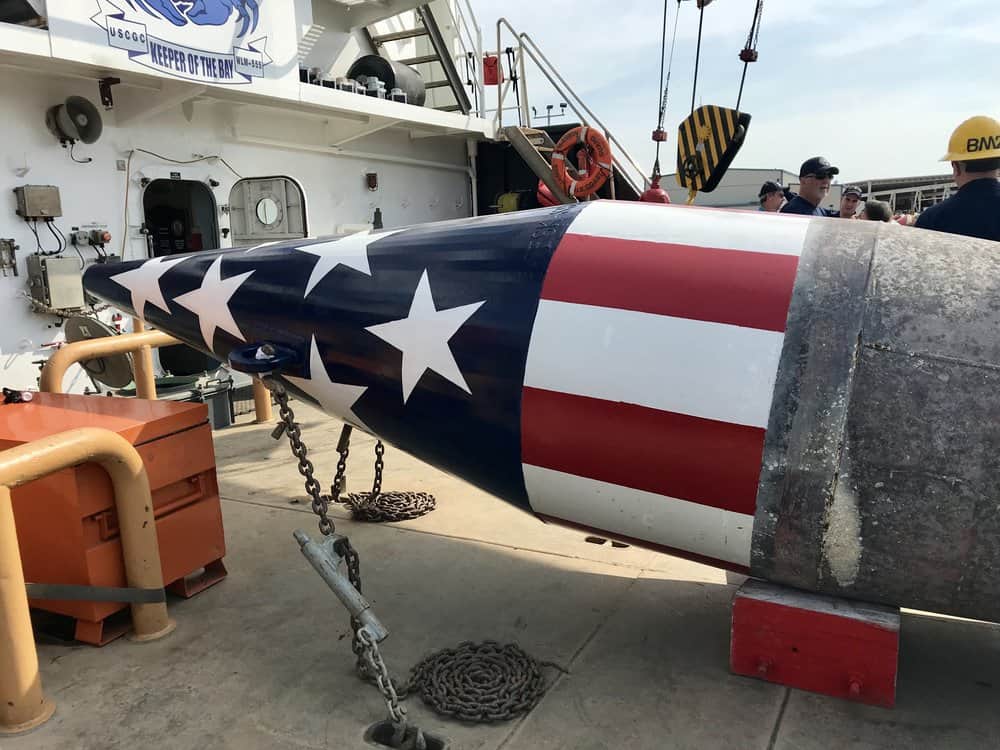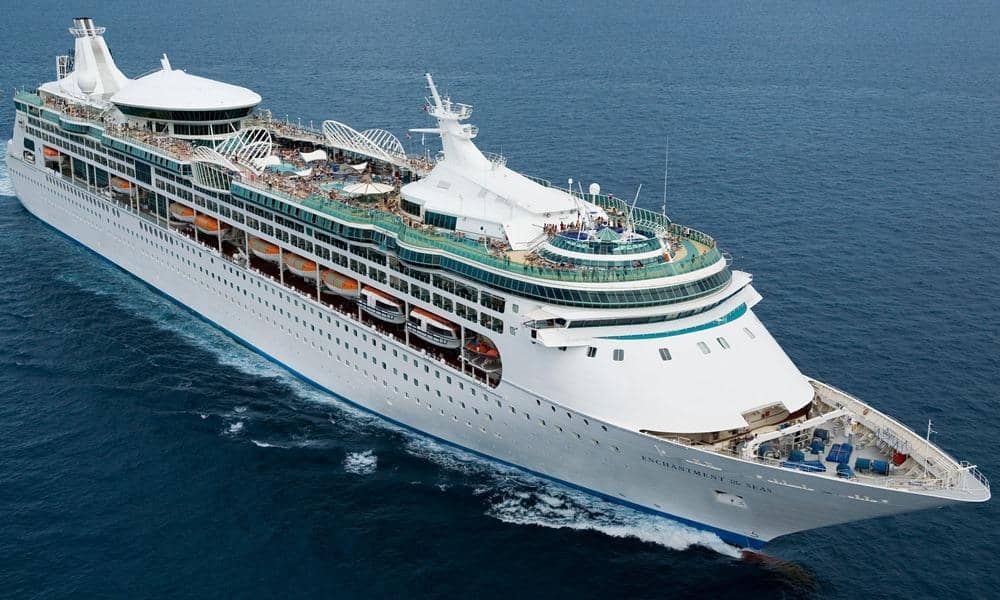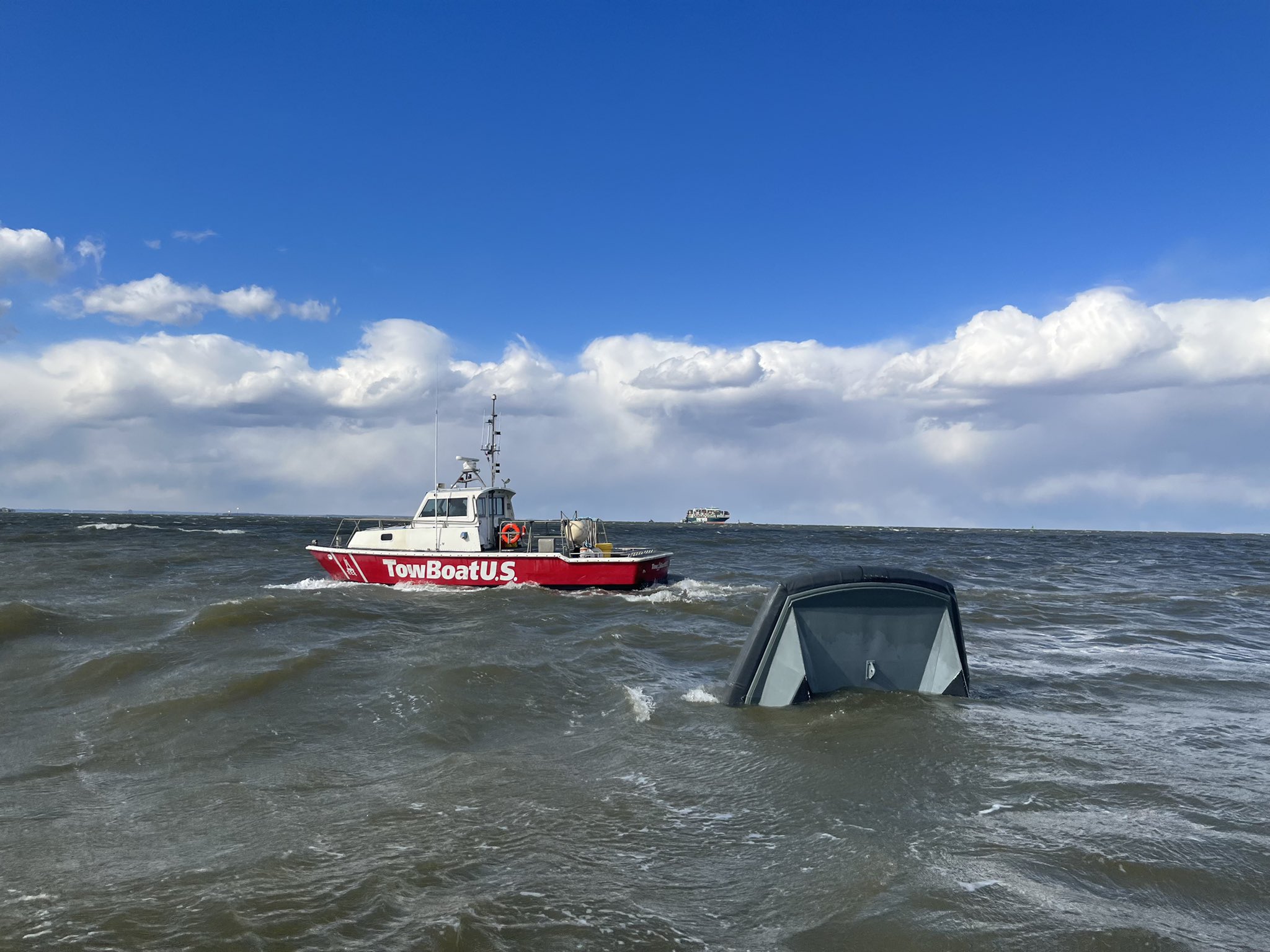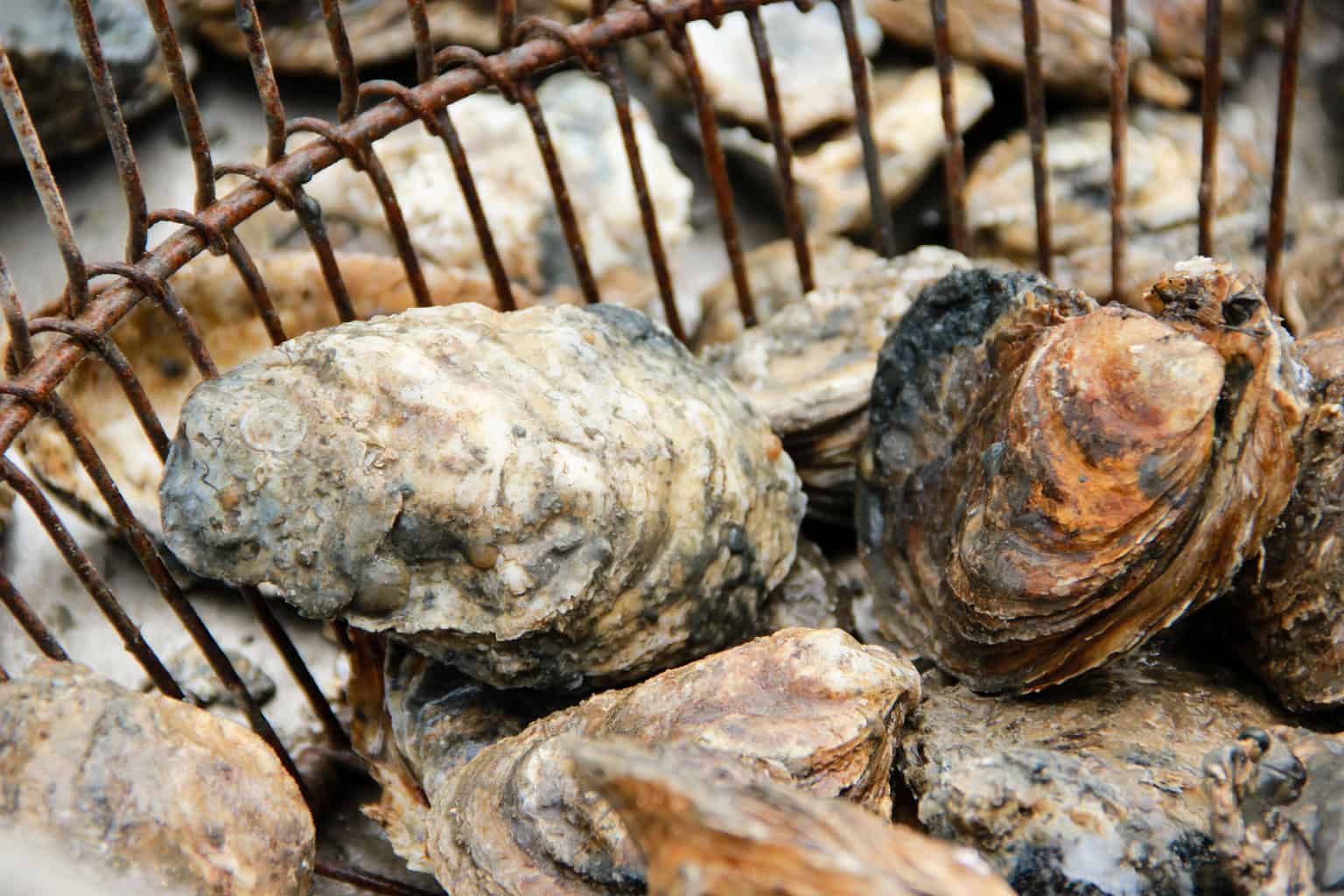The Patapsco River near Baltimore just got a little more star-spangled for the season, courtesy of a determined individual’s efforts to remember the significance of Francis Scott Key.
The Coast Guard Cutter James Rankin held its 38th annual Francis Scott Key memorial buoy commissioning Friday morning near Interstate 695’s Key Bridge. The buoy marks the spot where the ship carrying Key was anchored in 1814 as Fort McHenry was bombarded.
The British captured Washington, D.C. on August 24, 1814, and took prominent physician Dr. William Beanes prisoner. Key, a well-known lawyer in the region, was sent to assist in getting Dr. Beanes released.
Aboard the British ship holding Dr. Beanes, the officers agreed to release him, but wouldn’t allow them to return to Baltimore until after the bombing of Fort McHenry. Key watched the British bomb the fort for 25 hours until they finally gave up, unable to destroy the fort.
Following the attack, Key looked to the fort to see the flag still flying over it and wrote a poem, originally titled “Defence of Fort McHenry” and later handed it out as a handbill. The poem was set to the tune of the British drinking song, “To Anacreon in Heaven” and renamed “The Star-Spangled Banner.”
Each spring, the buoy is placed in the approximate spot where Key was believed to have written the famous poem-turned-anthem, around 500 yards south of the river’s shipping channel. It’s pulled out by early December to give it a fresh coat of stars and stripes for the next year.
The buoy itself is made from steel, measures 29 feet long and weighs around 6,400 pounds. Although its only purpose is to be a memorial, it does show up on online nautical charts once it’s placed in the water, and disappears again once it’s removed.
After the buoy dropped into the water, the officers stood by saluting it as the Coast Guard Headquarters Choir sang the National Anthem. It was all to mark the significance of that night long ago.
The buoy’s history dates back to 1972 when local history buff Ben Womer began his efforts to replace the existing commemorative Star Spangled Banner buoy. With some persuasion, the Maryland Naval Militia painted a buoy with the 1914 flag’s stars and stripes and placed it temporarily in the Patapsco. This buoy was later removed because it was non-navigational and there were no funds to permanently maintain it.
After this, Womer, still wanting to truly memorialize Key, pushed for the bridge over the outer harbor to be named after him, and once he achieved that, he continued to push for a permanent buoy to be placed. In 1979, permission to place a non-navigational buoy near the Key bridge was granted. The Coast Guard has been maintaining and placing it yearly since spring 1980.
Next time you’re out on the Patapsco this summer, or just driving over the Key bridge into Baltimore, take a moment to look for the star-spangled buoy and remember the city’s storied history in the War of 1812.
-Natalie Jones




